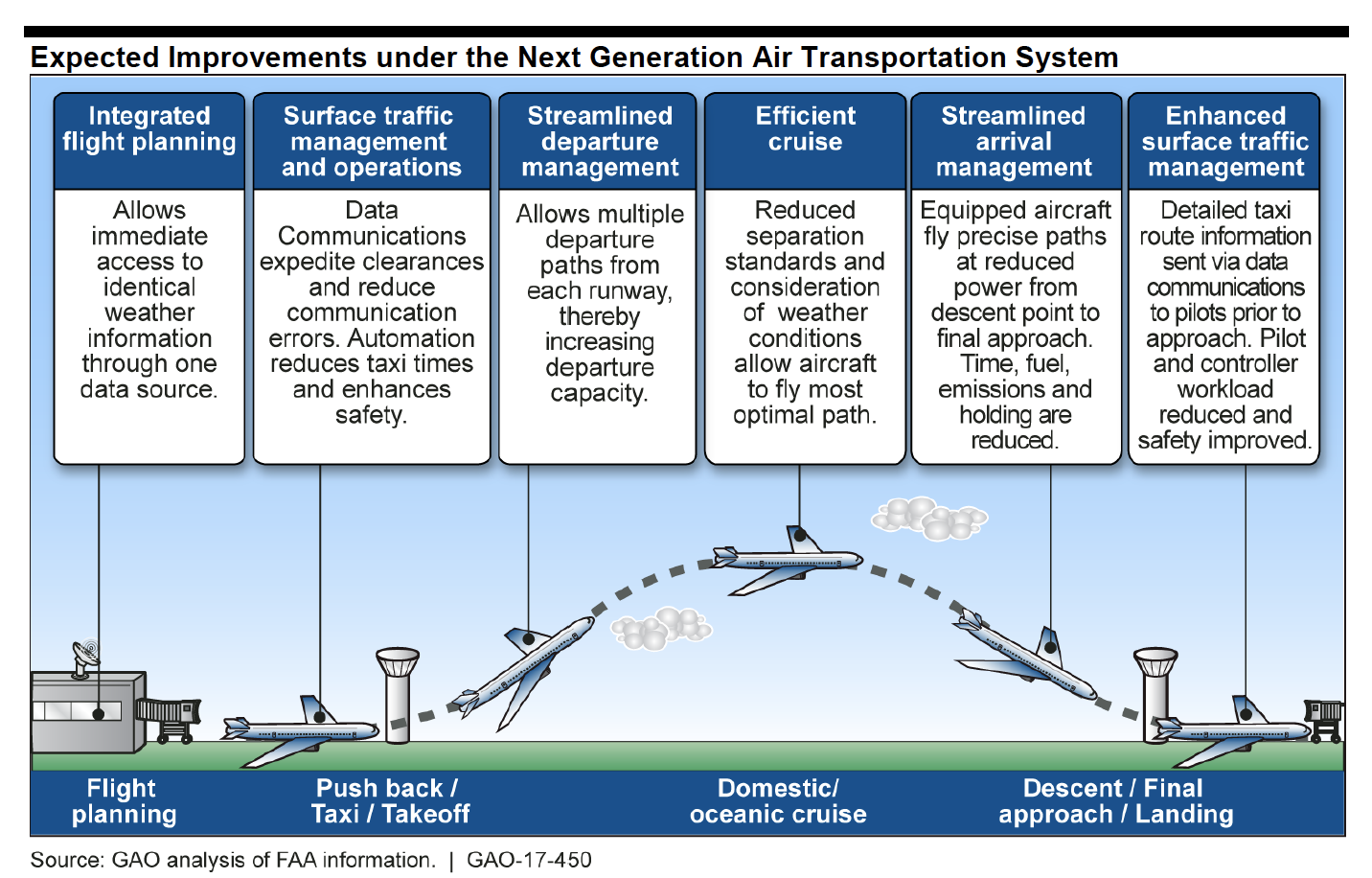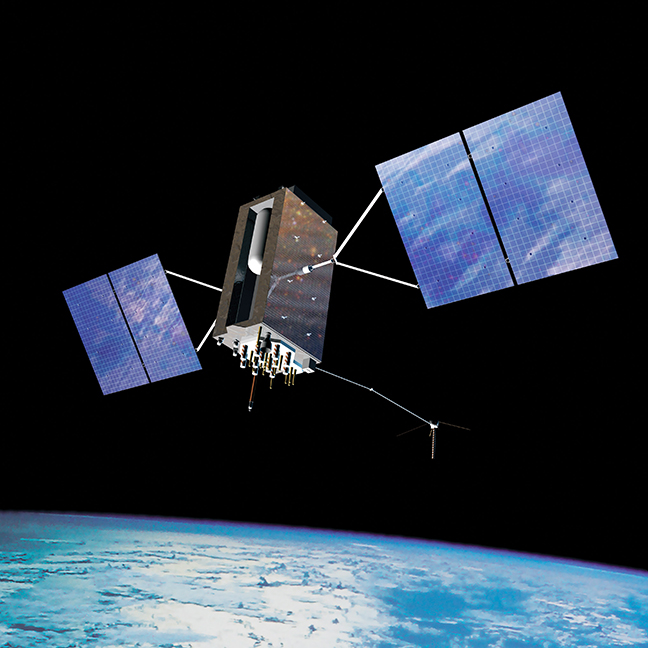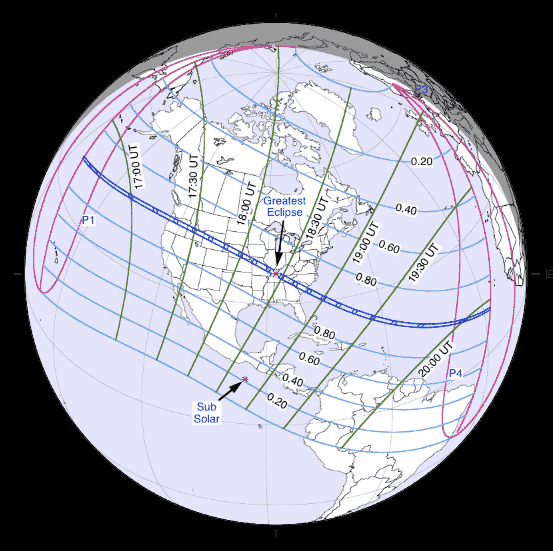GSA’s GNSS Opinion Leaders for September 2017
 Bernhard Richter, Leica Geosystems GNSS business director
Bernhard Richter, Leica Geosystems GNSS business director Enrico Salvatori, Qualcomm Europe
Enrico Salvatori, Qualcomm Europe Carlo Bagnoli, STMicroelectronics
Carlo Bagnoli, STMicroelectronicsMultinational semiconductor and telecommunications company Qualcomm is a world leader in the design and marketing of 3G, 4G and next-generation wireless technologies. Headquartered in San Diego, California, Qualcomm has been widening its footprint in the Europe, Middle East and Africa (EMEA) region, with a core focus in Europe.
“We expect to grow Qualcomm’s presence in Europe, becoming a major EU (European Union) player in the digitization of European industries,” said Qualcomm senior vice president and president of Qualcomm Europe, Enrico Salvatori.
By Inside GNSS









.jpg)



